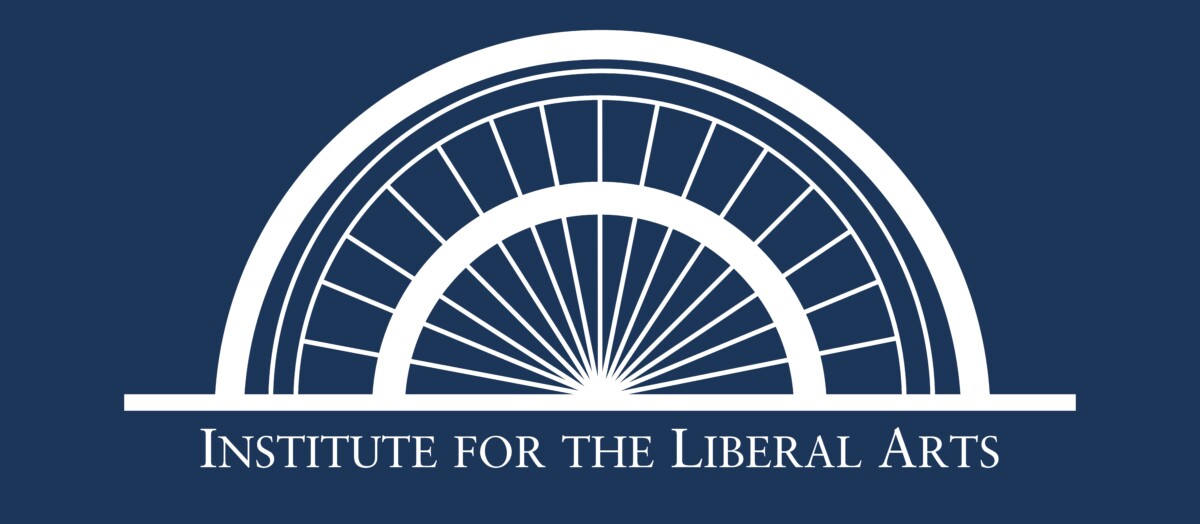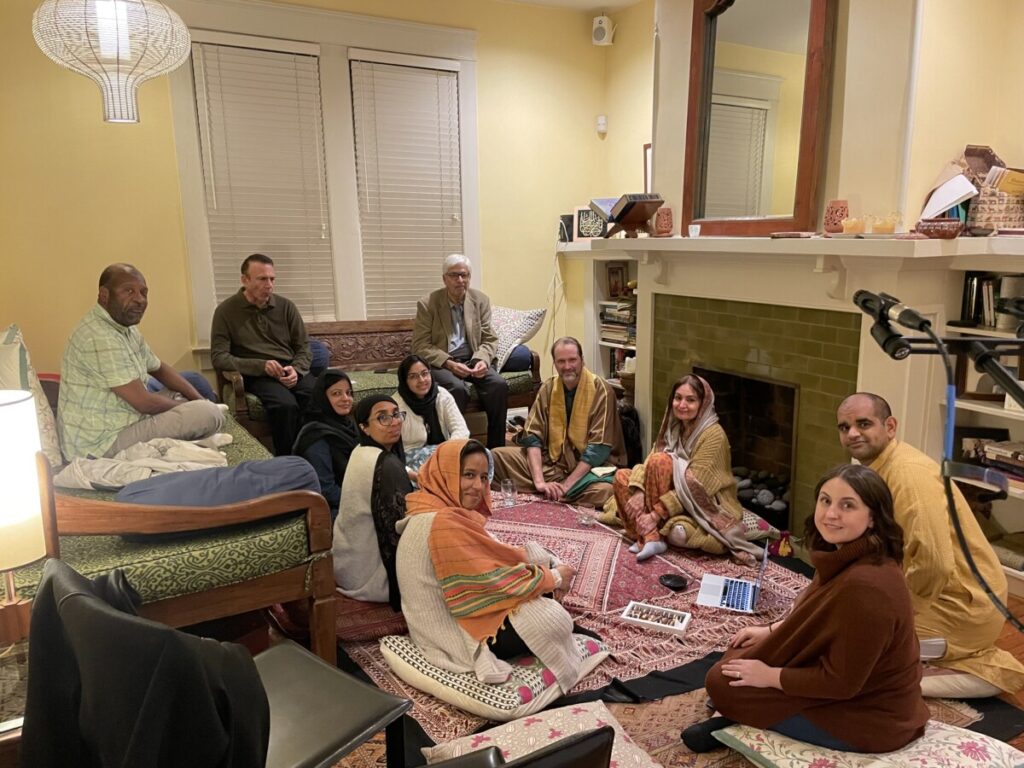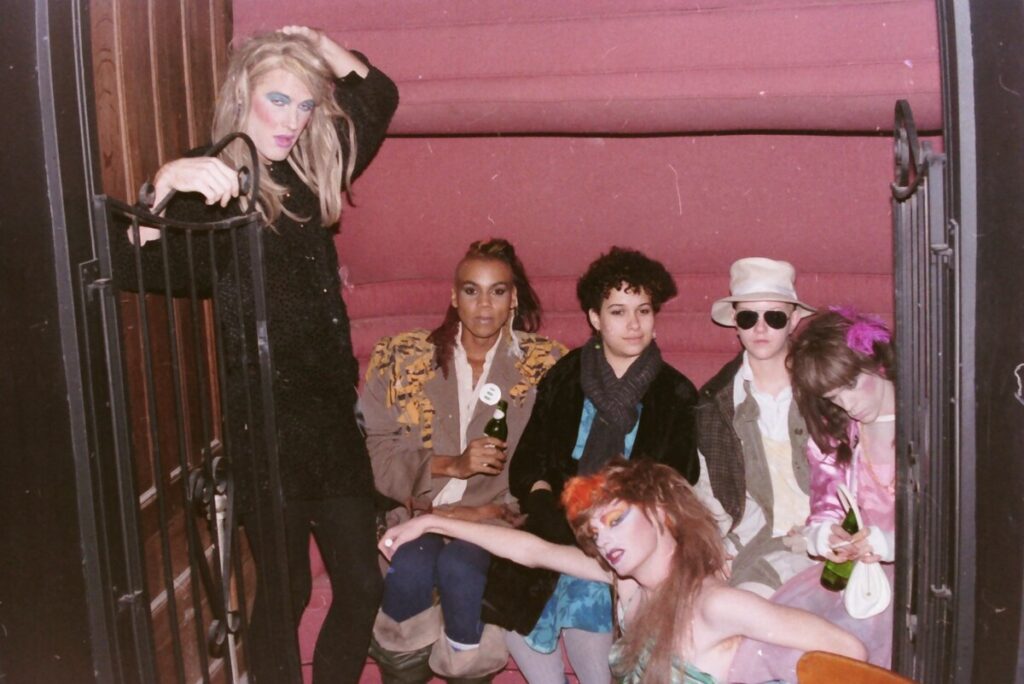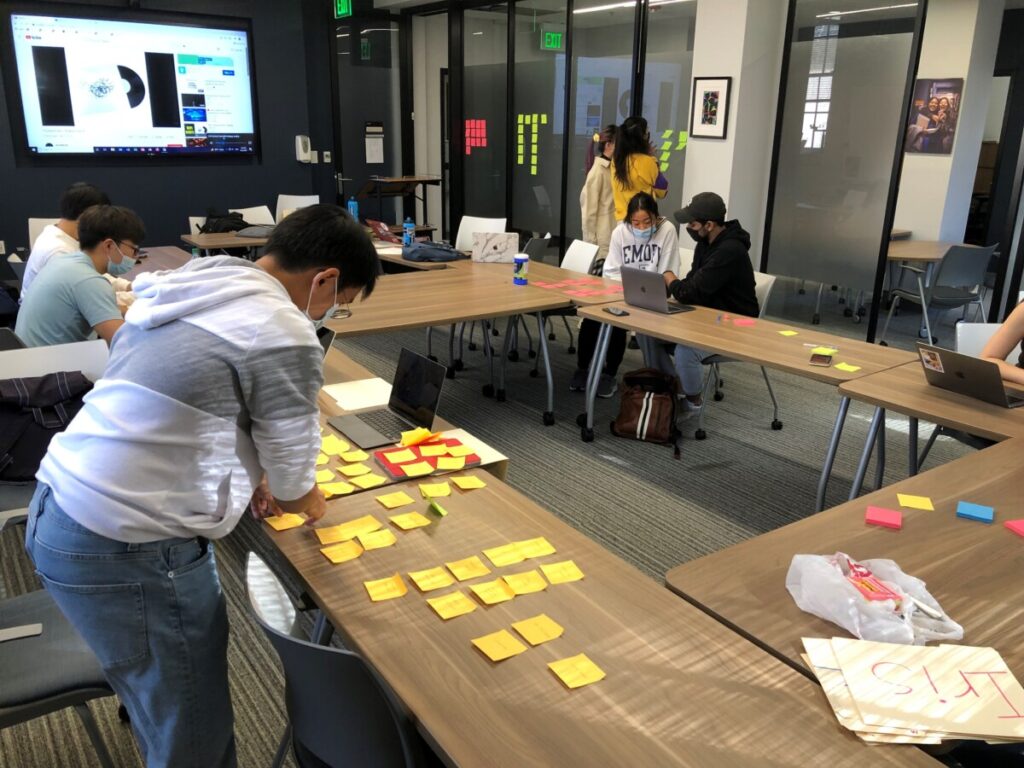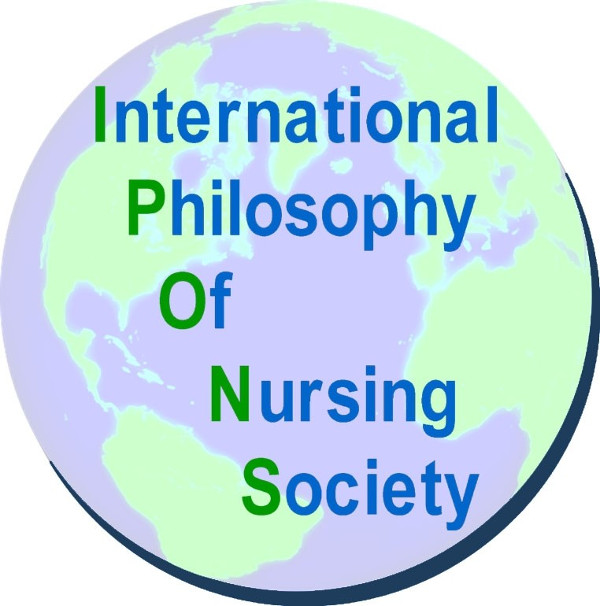Glossier, the Instagrammable direct-to-consumer makeup and skincare line originated with the blog Into the Gloss and was created by former CEO Emily Weiss. Labeling itself as a company whose mission is to “give voice through beauty,” the company works to accent features and a “clean” aesthetic, primarily for young women. Glossier markets itself as the makeup for people who simply want to enhance their own features. It’s not about adapting to become someone else, Glossier products are supposed to enhance who you are.
From @glossier on Instagram
The brand, which labels itself with millennial pink (or as some call it, Glossier pink) and hyper-photogenic packaging, places young women who interact with the brand at the center of its marketing because, as Weiss says, “in the Glossier world, cosmetics are not just cosmetics: They’re content.” Glossier has successfully secured the Millenial and Generation Z markets by utilizing more organic social media posts through its direct-to-consumer marketing strategy. Glossier isn’t meant to be an elusive, unobtainable brand. Instead of being promoted by influencers, Glossier focuses on marketing itself with consumers that engage with the brand’s online presence.
Glossier holds fast to its two most important assets: the brand’s consumers and the marketability of a product. Glossier targets each individual by promoting minimalistic products that match consumer demands and are backed by the company’s mission. Glossier’s broadcasted mission is to help young women feel more like themselves and unite girls to come together and create a sort of fellowship. When these two elements are combined, Glossier’s distinct community comes to life.
From @glossier on Instagram
Today, Glossier is much more than an online brand. As the company focuses on its consumers for marketing and social content, it has become the foundation for a community of consumers who identify with and adapt to the Glossier aesthetic. Glossier has secured an avidly loyal fan base with marketing, and in return, consumers are able to reach out and identify with each other. People create a foundation and connection through the brand. Every product purchased online comes with (at least one) sticker that signals a connection and identification with the brand. Purchases bought in-store have the purchaser’s name hand-written on their bag. Glossier, now deemed by Harvard Business School to be a “cult brand,” has the avid following and admiration of many, including the 2.6 million who follow Glossier’s Instagram account. Whether it be connecting in a Glossier pop-up store (modeled for optimal photo ops) or conversing through online accounts that target Glossier consumers, Glossier works as a place or identity where consumers can gather.
Glossier’s website reminds consumers of its value “that beauty isn’t built in a boardroom—it happens when you’re a part of the process,” and Glossier’s reference to “you” is one of the most integral parts of its marketing campaign. Most of the posts on Glossier’s Instagram comment on “you” and contain pictures of young girls huddled together, bonded by their Glossier purchases. The foundation of Glossier is to give the consumer what they want, but the loyalty of the customer seems mostly to be attributed to the desire to be a part of Glossier’s community.
Identification with things as simple as these stickers or as (seemingly) consequential as posting on an Instagram account, Glossier is a platform people are happy to contribute to. Glossier is considered a cause for friendship.
